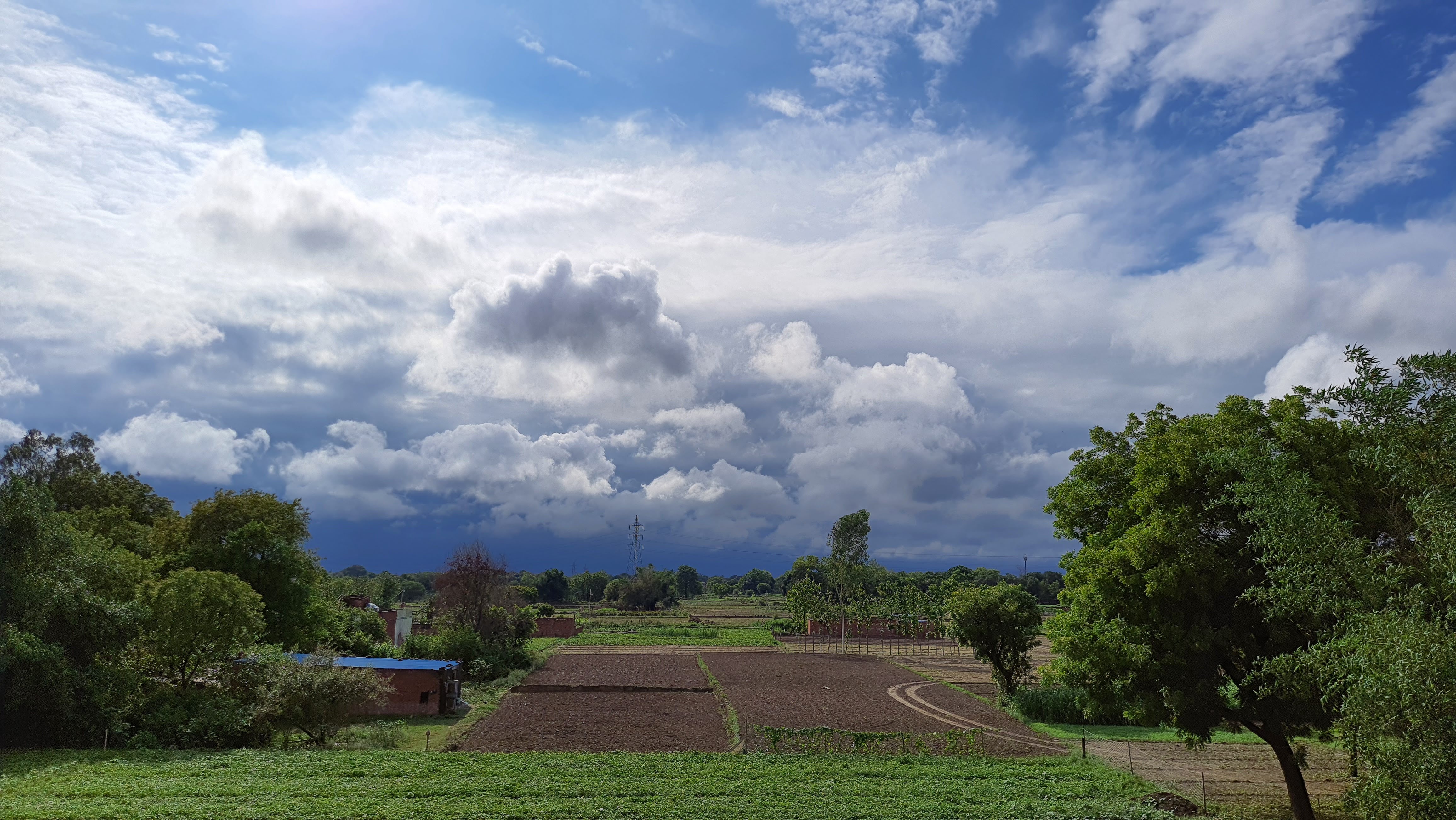
Sustainable Agriculture
Sustainable Agriculture:
An In-Depth Exploration Introduction to Sustainable Agriculture Sustainable agriculture is an approach to farming that focuses on producing food in a way that protects the environment, public health, human communities, and animal welfare. Unlike industrial agriculture, which often relies on monocultures, heavy chemical inputs, and practices that can degrade soil and water quality, sustainable agriculture seeks to balance three core objectives: environmental health, economic profitability, and social and economic equity.
Environmental Health
1. Soil Conservation: The foundation of sustainable agriculture lies in maintaining healthy soil. Soil erosion is a significant issue in conventional farming, often exacerbated by practices like plowing and monocropping. Sustainable practices such as crop rotation, cover cropping, reduced tillage, and organic amendments (e.g., compost) help maintain soil structure, enhance fertility, and prevent erosion.
2. Water Management: Water is a critical resource in agriculture, but its availability is often limited. Sustainable agriculture promotes efficient water use through practices such as drip irrigation, which reduces water loss due to evaporation, and the use of drought-resistant crop varieties. Additionally, maintaining healthy soil through organic matter improves water retention, reducing the need for irrigation.
3. Biodiversity: Monoculture farming leads to a loss of biodiversity, making crops more susceptible to pests and diseases. Sustainable agriculture encourages biodiversity by integrating different plant species, which supports a variety of wildlife, enhances pest control, and increases resilience against environmental stresses. Agroforestry, polyculture, and maintaining natural habitats around farms are strategies that promote biodiversity.
Social and Economic Equity
1. Food Security: Sustainable agriculture plays a key role in ensuring food security by producing food that is accessible, affordable, and nutritious. Practices such as community gardening and urban farming help bring fresh produce to food deserts—areas where access to healthy food is limited.
2. Community Engagement: Building strong connections between farmers and the communities they serve is another pillar of sustainable agriculture. Community-supported agriculture (CSA) programs, where consumers subscribe to receive regular deliveries of farm-fresh produce, are an example of how this connection can be fostered. Such initiatives not only support local farmers but also educate the public about the importance of sustainable farming.
3. Equity in Land Ownership: Land access and ownership are critical issues in sustainable agriculture, particularly for marginalized communities. Sustainable agriculture advocates for equitable land distribution and the protection of farmland from being converted to non-agricultural uses. Initiatives that support beginning farmers, especially those from underrepresented groups, are essential for maintaining agricultural diversity and sustainability.
Conclusion
Sustainable agriculture is a multifaceted approach that seeks to harmonize the needs of the environment, the economy, and society. By focusing on practices that preserve resources, enhance biodiversity, and promote economic and social equity, sustainable agriculture aims to create a food system that is resilient, productive, and just. The success of sustainable agriculture depends on the collective efforts of farmers, consumers, policymakers, and researchers to embrace and promote these principles in all aspects of food production and consumption. This comprehensive approach ensures that agriculture can continue to feed the world while maintaining the health of the planet and the well-being of future generations.


